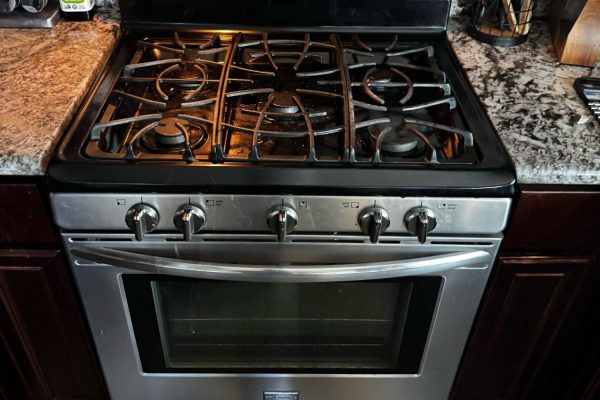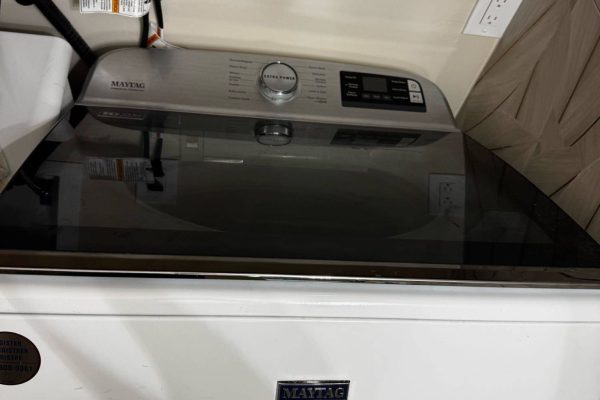Achieving optimal cooking results requires more than just selecting the right temperature and time settings in your oven. Proper humidity levels and ventilation play crucial roles in ensuring even baking, roasting, and broiling, as well as preventing moisture-related issues such as uneven browning or soggy textures. In this article, we’ll delve into essential tips for maintaining the proper humidity level and optimal ventilation in your oven, allowing you to elevate your culinary creations to new heights.
Understand the Importance of Humidity
Humidity levels in the oven affect the moisture content of your food and can significantly impact the cooking process. Too much humidity can result in soggy or steamed dishes, while too little humidity can lead to dry or tough textures. Therefore, it’s essential to strike the right balance to achieve optimal cooking results. Understanding how humidity affects your cooking can help you make informed decisions about adjusting settings and techniques to meet your culinary goals.
Use Covered Cooking Methods
One effective way to control humidity levels in your oven is by using covered cooking methods, such as roasting with a lid or baking with aluminum foil. Covering your dishes traps moisture inside, creating a humid environment that helps keep meats and vegetables tender and juicy. Additionally, covering dishes can prevent excessive moisture loss during cooking, resulting in moist and flavorful dishes. Experiment with different types of covers, such as oven-safe lids, aluminum foil, or parchment paper, to achieve the desired level of humidity for your recipes.
Incorporate Moisture-Rich Ingredients
Adding moisture-rich ingredients to your dishes can help regulate humidity levels in the oven and prevent dryness or dehydration. Ingredients such as broth, wine, citrus juice, or vegetables with high water content can release steam during cooking, increasing humidity and infusing your dishes with flavor and moisture. When planning your meals, consider incorporating these ingredients into recipes to enhance both the taste and texture of your culinary creations.
Utilize Steam Injection
Some advanced oven models are equipped with steam injection features that allow you to introduce steam into the cooking chamber to regulate humidity levels. Steam injection can be particularly beneficial for baking bread, pastries, or other delicate items that require a moist environment to rise and develop a crispy crust. Experiment with the steam injection settings on your oven to achieve the desired level of humidity for different types of baked goods, ensuring consistent and professional-quality results.
Monitor Moisture Evaporation
During the cooking process, moisture evaporates from your dishes and contributes to humidity levels in the oven. Monitoring moisture evaporation can help you adjust cooking times and temperatures to maintain optimal humidity levels and prevent dishes from becoming too dry or soggy. Keep an eye on your dishes as they cook and adjust the cooking settings as needed to achieve the desired level of moisture retention and flavor development.
Avoid Overcrowding
Overcrowding the oven can impede air circulation and ventilation, leading to uneven cooking and moisture buildup inside the oven cavity. To maintain optimal humidity and ventilation, avoid overcrowding the oven by spacing out dishes evenly on the oven racks and leaving ample room for air to circulate around each dish. This allows hot air to flow freely throughout the oven, promoting even cooking and preventing moisture-related issues such as steaming or condensation.
Clean Ventilation Openings
Proper ventilation is essential for regulating humidity levels and preventing moisture buildup inside the oven cavity. Over time, ventilation openings, such as vents or exhaust fans, may become clogged with grease, food particles, or debris, hindering airflow and ventilation. To ensure optimal ventilation, regularly clean ventilation openings using a damp cloth or sponge to remove any buildup or residue. Pay particular attention to areas around the vents and exhaust fan to ensure unobstructed airflow and efficient moisture removal.
Adjust Oven Settings
Most modern ovens are equipped with settings and features that allow you to adjust humidity levels and ventilation to suit your cooking needs. Explore the various settings and options available on your oven, such as convection mode, steam injection, or humidity control, and experiment with different combinations to achieve optimal results. For example, convection mode circulates hot air evenly throughout the oven cavity, promoting faster cooking and more uniform browning, while steam injection introduces moisture to create a humid cooking environment.
Maintaining the proper humidity level and optimal ventilation in your oven is essential for achieving consistent and delicious cooking results. By incorporating the tips outlined in this article, including using covered cooking methods, incorporating moisture-rich ingredients, utilizing steam injection, monitoring moisture evaporation, avoiding overcrowding, cleaning ventilation openings, and adjusting oven settings, you can ensure that your dishes turn out perfectly every time. Whether you’re baking, roasting, or broiling, proper humidity and ventilation are key factors in achieving culinary success and delighting your taste buds with flavorful and perfectly cooked meals.
We have appliance repair experts available today! Call a professional Poway Appliance Repair Service Center technician by phone or book your service.
Our service center is open 24/7, so you can easily schedule a convenient repair time. The specialist will arrive at the agreed time, carry out a diagnosis, and, if necessary, offer repairs. If you are willing, your appliance will be repaired directly on-site within 1-2 hours. We provide top-notch service at an affordable price!
Contact us


